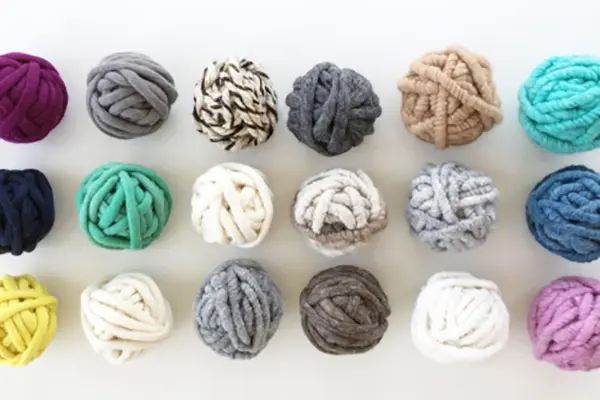Weaving is an ancient craft that transforms fibers into beautiful and functional fabrics. The choice of yarn is crucial in this process, as different types of yarn can significantly affect the texture, durability, and appearance of the final product. Understanding the various types of yarn for weaving can help artisans and crafters make informed decisions when selecting materials for their projects.

1. Cotton Yarn
Cotton yarn is one of the most popular choices for weaving due to its softness, breathability, and versatility. It is available in various weights and textures, making it suitable for a wide range of projects, from lightweight fabrics to heavier textiles. Cotton yarn is also highly absorbent, making it ideal for towels, table linens, and summer garments. Additionally, it holds dye well, allowing for vibrant color palettes in woven designs.
2. Linen Yarn
Linen yarn is made from the fibers of the flax plant and is known for its strength and durability. It has a natural luster and a slightly crisp texture that becomes softer with washing. Linen is excellent for weaving fabrics that require breathability, making it a popular choice for summer clothing and home textiles like curtains and tablecloths. However, linen can be more challenging to work with than cotton due to its tendency to fray.
3. Wool Yarn
Wool yarn is a classic choice for weaving, valued for its warmth, elasticity, and resilience. It is particularly popular in colder climates and for making cozy garments, blankets, and rugs. The wool comes in various forms, including merino, which is soft and fine, and more robust varieties like sheep’s wool, which are ideal for sturdier fabrics. The natural crimp in wool fibers allows for better insulation and moisture-wicking properties, making it a favored choice for woven items that require warmth and comfort.
4. Silk Yarn
Silk yarn adds a touch of luxury to weaving projects. Known for its smooth texture and natural sheen, silk is often used for creating elegant garments, scarves, and accessories. It has a unique drape that enhances the fluidity of woven fabrics. While silk yarn can be more expensive than other types, its beauty and quality make it a sought-after material for special projects. However, care must be taken when weaving with silk, as it can be slippery and may require specific handling techniques.
5. Synthetic Yarn
Synthetic yarns, such as polyester and nylon, have gained popularity in recent years due to their durability, affordability, and ease of care. These materials are often used in blending with natural fibers to create unique textures and properties. For instance, polyester yarn can add strength and resistance to fading, while nylon can enhance elasticity. Synthetic yarns are particularly suitable for outdoor fabrics, sportswear, and items that require frequent washing.
6. Blended Yarn
Blended yarns combine two or more fiber types to take advantage of their unique properties. For example, a cotton-wool blend offers the softness of cotton and the warmth of wool, making it ideal for woven items that require both comfort and insulation. Blended yarns can also improve durability and ease of care, making them a practical choice for various weaving applications. Crafting with blended yarn allows for greater creativity and experimentation in texture and appearance.
7. Specialty Yarn
Specialty yarns, such as novelty yarns, can add unique textures and visual interest to woven projects. These yarns come in various forms, including boucle, chenille, and eyelash yarn. While they may not always be suitable for structural fabrics, specialty yarns can enhance decorative items and artistic projects. Weaving with specialty yarn can create eye-catching patterns and dimensions, allowing artisans to express their creativity fully.
Conclusion
Choosing the right weaving yarn is essential for achieving the desired results in any weaving project. From the natural softness of cotton and the durability of linen to the luxurious feel of silk and the practicality of synthetic options, each type of yarn brings unique qualities to the table. Understanding the characteristics and uses of different yarns can help weavers select the perfect material for their creations, ensuring that their woven textiles are both beautiful and functional. Whether crafting a cozy blanket or a stylish scarf, the right weaving yarn can make all the difference in the outcome.





